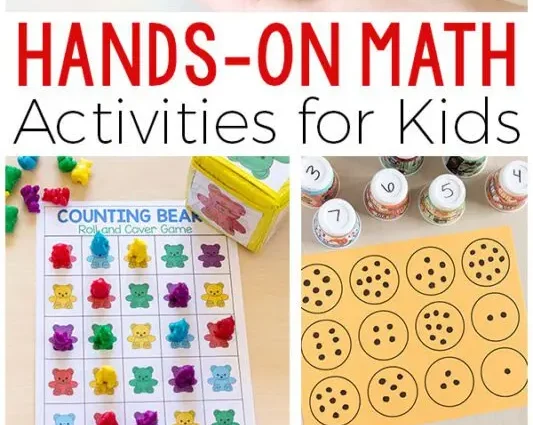Contents
Preparing for school in mathematics: children’s tasks for preschoolers
Preparing for school in mathematics is not an easy task for a little person. It is still difficult for a child to perceive the educational material, therefore, it is necessary to deal with it exclusively in a playful way. Over time, the joy of playing is transformed into the joy of learning, and the little schoolchild already acquires an irresistible craving for knowledge.
Why preschoolers need math training
From the age of two, you can acquaint your baby with the first numbers, count with them on your fingers. But as soon as the child begins to be distracted, the lesson must be stopped immediately. The sooner the parents start working with the baby, the easier it will be for him at school.
You can start preparing for math at school in advance.
Math problems help preschoolers:
- form logical and abstract thinking;
- concentrate attention;
- develop memory;
- use the imagination;
- make logical and reasoned conclusions.
The child should see in mathematics something more than simple numbers and dry facts. But for this, parents need to try.
What are children’s math tasks
Children aged 4-5 begin to take an interest in numbers themselves. It is important not to skip this period and give your child entertaining information.
Toddlers should learn to do the following:
- count to 20 and back;
- continue a number of the specified items;
- add or subtract by one;
- determine the geometric shape of objects;
- solve easy problems;
- find missing digits;
- distinguish objects by length, size, width.
Mathematics is not just learning to count, it is learning to think logically. And such simple tasks help in this.
The child needs to be taught to compare the surrounding objects in color, shape, size, function. For example: what is the difference between a wooden table and a plastic one?
At school, many math problems are based on generalization, so the kid must learn to combine objects according to common characteristics. For example: a cup, fork, plate is a dish.
Older children can be offered logic riddles and puzzles. There is always a catch in them, and the child strives with all his might to find the right solution. For example: Lina and Sveta painted. One girl drew a cat, the other a dog. What did Lina draw if Sveta was not drawing a cat? There are a lot of such puzzles.
There are many educational aids, exercise books and educational videos to help parents. The main thing is to be able to use it. Classes should not be episodic, but regular, only then they will give results.










